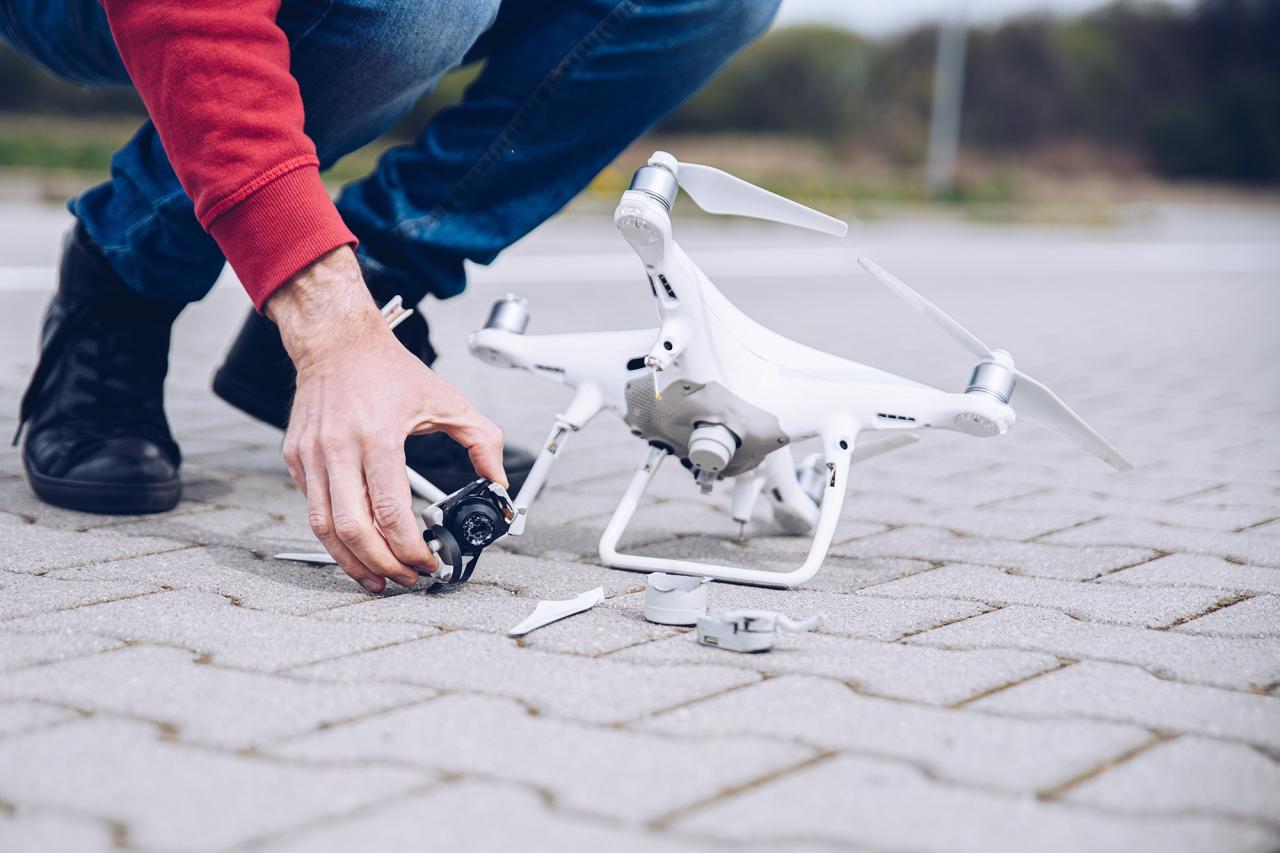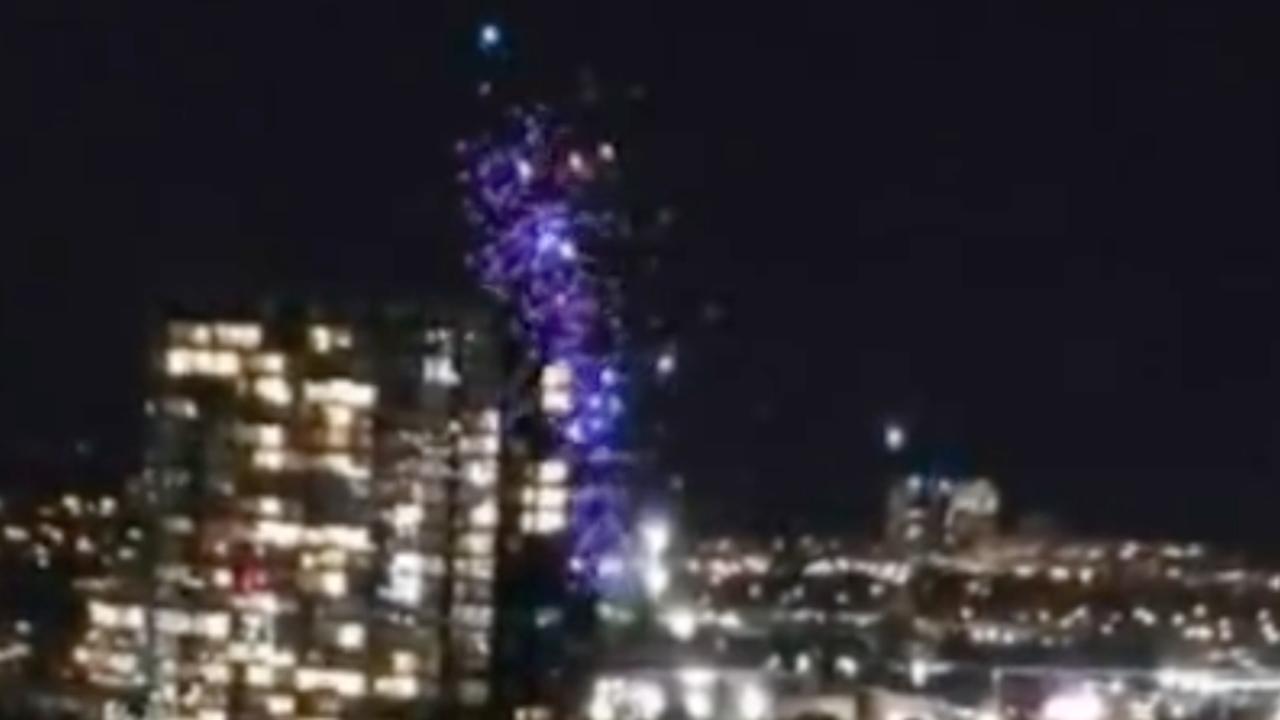Orlando drone show malfunction: A spectacular light show turned unexpectedly chaotic when a swarm of drones experienced a mid-air failure. This incident, capturing widespread attention on social media, raises crucial questions about drone technology, safety protocols, and the future of aerial displays. We’ll explore the technical glitches, investigate the aftermath, and delve into potential preventative measures to ensure future shows remain safe and spectacular.
Hey, so you heard about that Orlando drone show malfunction? Things went a bit sideways, right? It seems the whole thing escalated pretty quickly into a full-blown orlando drone show accident , which is why we’re seeing so much coverage now. Investigating what caused the initial malfunction is key to preventing future incidents; hopefully, they’ll figure out what went wrong and improve safety protocols.
This article will examine the incident from various angles, including eyewitness accounts, potential technical causes (software, hardware, weather, human error), and the ongoing investigation. We’ll also discuss the impact on the show’s organizers, the drone industry, and future regulations. Finally, we’ll offer recommendations to improve safety and reliability for future drone shows.
The Orlando Drone Show Malfunction

A spectacular drone show over Orlando experienced an unexpected malfunction, leaving audiences and organizers scrambling to understand what went wrong. This incident highlights the complexities and potential risks associated with large-scale drone displays, prompting a closer examination of safety protocols and technological limitations.
The Orlando Drone Show Incident: Initial Reports

Reports indicate that a significant malfunction occurred during a drone light show in Orlando, Florida. While precise details remain under investigation, initial accounts suggest a widespread failure affecting a large number of drones. Eyewitnesses described erratic movements, uncontrolled descents, and potential collisions among the drones. Social media quickly flooded with videos and images capturing the chaotic scene, sparking widespread discussion and concern.
| Date | Time | Location | Initial Description of Malfunction |
|---|---|---|---|
| [Insert Date] | [Insert Time] | [Insert Specific Location in Orlando] | Widespread drone malfunction resulting in erratic flight patterns and potential collisions. No injuries reported initially, but investigation ongoing. |
Technical Aspects of the Malfunction
Several factors could have contributed to the malfunction. Software glitches within the drone’s flight control systems, hardware failures in individual drones or the central control system, unexpected weather conditions (e.g., strong winds, unexpected rain), or even operator error are all possibilities. The specific type of drones used, their susceptibility to GPS interference, and the robustness of their communication protocols are crucial aspects of the investigation.
The safety protocols implemented for the show, including redundancy systems, emergency landing procedures, and communication backups, need thorough review to determine adherence and effectiveness. This incident shares similarities with past drone show malfunctions, particularly those involving large numbers of drones and complex synchronized flight patterns, where communication or synchronization issues have been identified as major contributing factors.
Investigative Procedures and Findings

A comprehensive investigation is likely underway, involving multiple steps. This would include a thorough examination of flight logs from each drone, detailed interviews with witnesses and show organizers, and a careful analysis of video footage captured by spectators and any onboard cameras. Data from weather stations near the event location will also be crucial.
A hypothetical timeline for the investigation might include:
- Immediate Response (Days 1-3): Secure the scene, gather initial witness statements, and begin preliminary analysis of available video footage.
- Data Collection (Days 4-7): Retrieve drone flight logs, analyze weather data, and interview key personnel involved in the show’s operation.
- Technical Analysis (Days 8-14): Conduct a thorough examination of the drones themselves, identifying any hardware failures or software glitches.
- Report Compilation (Days 15-21): Compile findings, draft a comprehensive report detailing the causes of the malfunction and recommendations for future prevention.
A flowchart illustrating the investigative process could be structured as follows:
- Start
- Gather Evidence: Witness statements, video footage, drone logs, weather data
- Analyze Evidence: Identify patterns, pinpoint potential causes
- Technical Examination: Hardware and software inspection
- Report Compilation: Summarize findings, propose recommendations
- End
Impact and Aftermath of the Malfunction, Orlando drone show malfunction
The immediate impact included a disrupted show, disappointed spectators, and likely some level of panic or concern among the audience. For the organizers, the incident resulted in financial losses due to ticket refunds, potential legal liabilities, and reputational damage. The long-term consequences could include increased scrutiny of safety regulations, stricter licensing requirements for drone operators, and the adoption of more robust safety technologies within the drone show industry.
- Short-Term Consequences: Ticket refunds, negative publicity, potential legal action.
- Long-Term Consequences: Increased safety regulations, technological advancements in drone safety, shifts in public perception of drone shows.
Preventive Measures and Future Recommendations

Several measures could have mitigated the risk of such a malfunction. These include investing in more resilient drone hardware and software, implementing redundant communication and control systems, conducting thorough pre-show testing and simulations, and providing extensive training for drone operators. Regular maintenance and inspections are also crucial. Furthermore, integrating real-time weather monitoring into the show’s operational protocols is essential.
| Current Safety Standard | Proposed Improvement |
|---|---|
| Basic pre-flight checks | Comprehensive pre-flight simulations and stress tests |
| Single communication channel | Redundant communication channels with failover systems |
| Basic operator training | Advanced operator training, including emergency procedures |
A revised safety protocol flowchart would visually represent a more robust system with clear decision points for handling various scenarios, including weather disruptions, communication failures, and individual drone malfunctions, ensuring a layered approach to safety and mitigating the risk of widespread system failure.
Last Recap
The Orlando drone show malfunction serves as a stark reminder of the inherent risks involved in large-scale drone operations. While the immediate impact was a disrupted show and some reputational damage, the long-term consequences could involve stricter regulations and a renewed focus on robust safety protocols. The investigation’s findings will be crucial in shaping the future of drone shows, emphasizing the need for thorough testing, redundancy systems, and comprehensive operator training to prevent similar incidents.
The show must go on, but safety must always be the top priority.
That Orlando drone show malfunction was a bummer, right? Lots of people were looking forward to it. It makes you wonder about the tech involved; companies like sky elements drones probably have rigorous testing procedures to prevent that kind of thing. Hopefully, future Orlando drone shows will go off without a hitch!
FAQ Overview
What type of drones were used in the show?
This information will likely be revealed during the investigation, but the specific make and model of drones involved are not yet publicly known.
That Orlando drone show malfunction? Yeah, it was a bummer, especially since the show itself is usually pretty amazing. Check out this link for more info on the orlando drone show to see what you missed (or what went wrong!). Hopefully, they’ll iron out the kinks for future performances, because a malfunction like that really throws a wrench in the works.
Were there any injuries reported?
Initial reports suggest no injuries, but a full investigation will confirm this.
What was the estimated cost of the damage?
The financial losses are yet to be determined and will depend on factors such as drone repair/replacement costs, and any legal ramifications.
What kind of insurance coverage is typically in place for drone shows?
This varies greatly depending on the show’s organizers and their specific contracts. Liability insurance is likely involved.
